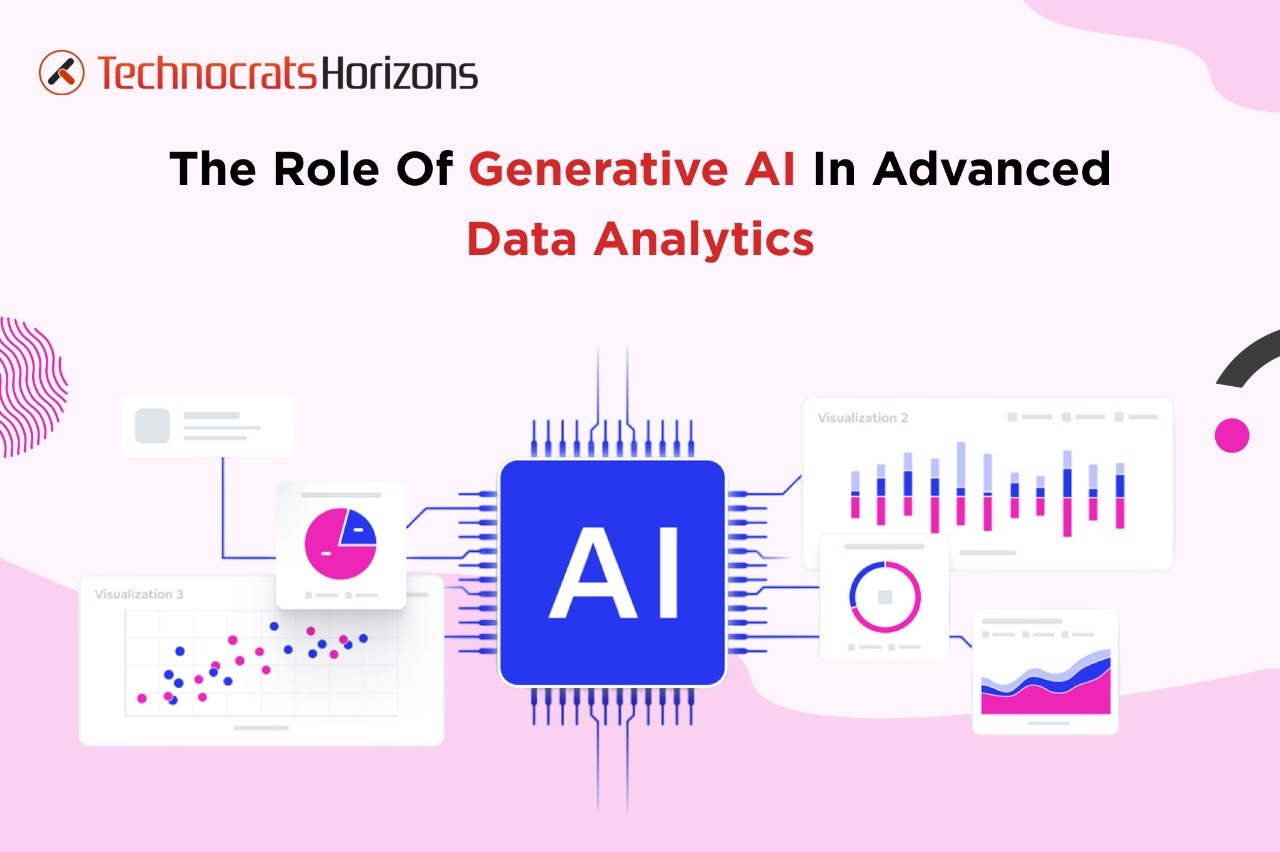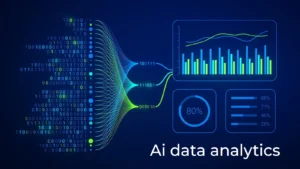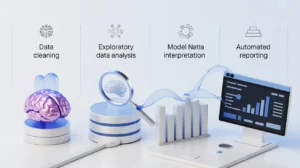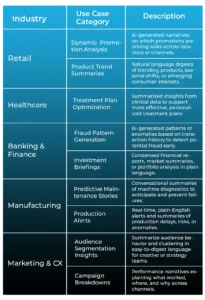By 2026, nearly 80% of companies won’t be experimenting with generative AI; they’ll be using it every day to make decisions, spot trends, and complete tasks more efficiently. And the shift is already paying off. A recent study found that businesses using AI to make sense of their data grew their revenue more than twice as fast as those still stuck in older ways of working.
The reason is simple: there’s more data than ever, but not enough time or clarity. Even for professionals without a technical background, generative AI in data analytics is helping them understand data and cut through the clutter. In order to make decisions feel informed rather than based on speculation, it scans information, provides context, and indicates what users should ask next.
Rather than losing time in heavy spreadsheets or waiting days for summary decks, teams can have the so what right when they need it. It’s not just about moving faster. It’s about making better calls, with more confidence, every single day.
This is what GenAI does when it comes to data analytics and analysis. Let’s break it down further to understand the core competencies in the business landscape.
What Generative AI in Data Analytics Means
Almost every data-driven firm now pairs this technology with customer journey mapping, smarter forecasts, and broader business intelligence. The real challenge begins once the data is gathered, because cleaning, sorting, and combining it takes time before any clear patterns emerge.
Large language models read mountains of text, note what pops up over and over, and then use those notes to spin out replies that sound just like what they studied. In this way, Gen AI works with prompts and commands and responds to user queries.
Better knowledge of market dynamics also aids in the development of more focused and successful advertising campaigns. They connect with the target audience more effectively. In a similar vein, generative AI in sales helps predict trends by analyzing historical data and present market signals.
The tool helps companies allocate resources and plan more intelligently using data. Generative artificial intelligence (AI) offers a comprehensive look at customer feedback and interactions. Businesses can determine important elements that affect customer satisfaction by examining this data.
This includes looking at online reviews and using generative AI in data analytics to analyze call center interactions. The knowledge acquired is applied to enhance customer service tactics and product offerings.
Now, let’s observe how Generative AI assists the routine business workflows.
How Generative AI Enhances the Analytics Workflow
Everybody accepts that data shapes today’s choices, but in practice, the information firms gather is still patchy, contradictory, and sprinkled with mistakes. That’s the fallout from old-school cleaning methods, which demand long hours and heavy manpower and still leave room for slip-ups. Generative AI’s rise has polished automation at every step of analytics, and in the process, it has made those tools friendlier for everyone.
Let’s break this into clear subsections to mirror real workflows:
Data Preparation & Cleaning
GenAI is very good at finding errors, inconsistencies, and outliers in data sets. By analyzing past data patterns, artificial intelligence models are able to identify data points that deviate from expected norms automatically. Before they affect analyses, this procedure helps identify possible mistakes.
Exploratory Data Analysis (EDA)
Through task automation and intelligent insight generation, generative AI, especially models like GPT-4 and its offspring, has transformed a number of data science domains. GenAI can help EDA in many ways, such as automatically creating insights and visualizations, summarizing datasets, and spotting data relationships that human analysts might not notice right away.
Model Explanation & Results Interpretation
Gen AI can also work out model explanations and result interpretations. GPT, DALL·E, Claude, and other generative AI automation models are constructed using massive neural networks that have been trained on billions of examples of text, images, and other kinds of data. They can produce coherent new outputs because they are so good at learning patterns and structures in data, even though they don’t “understand” like humans do.
They use all of the previous words (or pixels or sounds) to predict the next one.
Large-scale training and tuning to produce outputs that resemble those of humans is what gives it its “intelligence.”
Reimagine Your Analytics with GenAI
Automated Reporting & Narrative Generation
The generation of narrative summaries within a report is exposed via the conditional text framework with corresponding machine learning property files (prompt template properties file) for each use case, which provides examples to generate the textual narrative via GenAI. Conditional text is defined for rows, columns, or cells, and if the condition is satisfied, the GenAI service returns the resulting narrative text using the ConditionalText text function.
Why Speed Is Just the Starting Point
The real advantage of generative AI in analytics is how it reshapes the relationship between teams and their data. It removes friction, adds clarity, and opens up new ways of thinking.
Let’s look at some of them below.
Democratization of insights
Already, marketers, analysts, and researchers turn to generative AI to slice large info dumps into quick, digestible findings. Instead of scrolling through endless Excel tabs, a product manager can simply ask a chatbot for the latest customer trend, request a summary, or dig deeper on any single point.
Even quality assurance teams can scan transcripts from support calls to feed the text into the model, and receive flagged issues alongside possible fixes. These use cases show how GenAI works out routine exploration from rote work into an interactive dialogue.
Contextual Decision Support
Data without context and correlation without relationships is just noise. GenAI, when used right, ties numbers to causes, effects, and consequences. Context-aware algorithms process data points and take into account the relationships between them, producing a more complex state-space representation. Its function is to improve the precision, effectiveness, and customization of decision-making.
Scalability
Real-world data doesn’t come in neat rows. It’s messy, incomplete, and full of outliers. Most systems choke on that. Gen AI improves data processing scalability by using sophisticated algorithms that can effectively manage massive and increasing data volumes. It can, for example, examine enormous patient record datasets to find trends and patterns for individualized treatment regimens in the healthcare industry.
Creative Analytics
Most analytics try to confirm what you already think. GenAI, used properly, should make you uncomfortable. It should challenge your assumptions, raise odd patterns, and suggest angles you wouldn’t have thought of. Using GenAI in creative analytics adds a new level:
How can the data be used to model, create, or create new possibilities? Understanding the data is only one aspect of it; another is developing new theories, artificial data, or even business plans based on probabilistic models. It may raise questions or hypotheses that analysts had not considered.
Do You Have A Project In Mind? Let's Discuss Now!!
Key Use Cases Across Industries
Most of your ruminations can spring from data overload, scattered choices, wasted resources, and the constant hunger for real-time answers. If these issues go unsolved, they can slow progress, cloud decision-making, and even put your company’s overall success at serious risk. Nevertheless, adding AI to the mix lessens these difficulties and helps companies achieve previously unheard-of levels of success.
The table below shows key use cases of generative artificial intelligence in data analytics.
Conclusion
Data was never the problem. The problem was how we pretended to understand it. We ritualized endless reports, polished decks, and models built on shaky assumptions. Generative AI fixes this by being faster, of course, but it also brings something much more interesting to the table: access.
It turns data from something you wait on into something you can talk to. Instead of passively receiving reports, people can now ask data questions in plain language, get explanations, and explore ideas on the spot without having to wait on analysts or build dashboards.
It may not hand you the absolute truth, but it does strip away the theatrics of analytics. You wouldn’t have to deal with inflated numbers, noise dressed up as insight in a meeting, and color-coded dashboards no one understands or uses. What GenAI offers is clarity that is direct, uncomfortable, and often surprising. This is its real edge, and for anyone who is used to hiding behind complexity, that kind of no-fluff visibility might feel less like a tool and more like a reckoning.
Do You Have A Project In Mind? Let's Discuss Now!!
Frequently Asked Questions (FAQs)
What types of data does GenAI work best with?
GenAI works across structured and unstructured data spreadsheets, logs, PDFs, call transcripts, social content, etc. It especially excels in turning text-heavy data into summaries or actions.
How do companies ensure GenAI doesn’t mislead or hallucinate?
Companies link it to real data sources and use clear prompts to keep GenAI from making things up. They also use techniques like RAG, which pulls in facts on the spot. For critical tasks, a quick human check often adds an extra layer of confidence.
Is GenAI secure for sensitive analytics, like finance or healthcare?
When deployed within private infrastructure and with strong access controls, yes. Many enterprises pair GenAI with privacy-preserving methods like synthetic data generation or federated learning.
AI is the future of technology! Adapt Now!
Get a free consultation to see how our AI experts can transform your business processes.


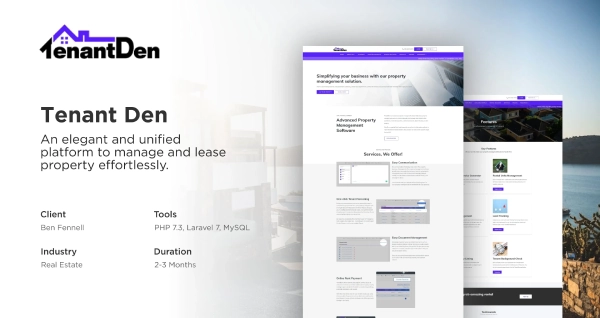


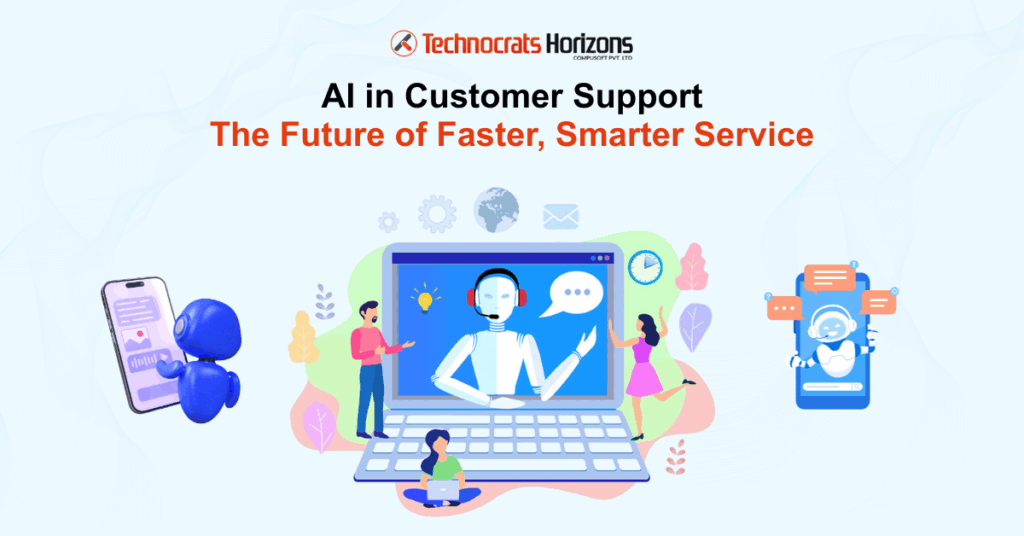
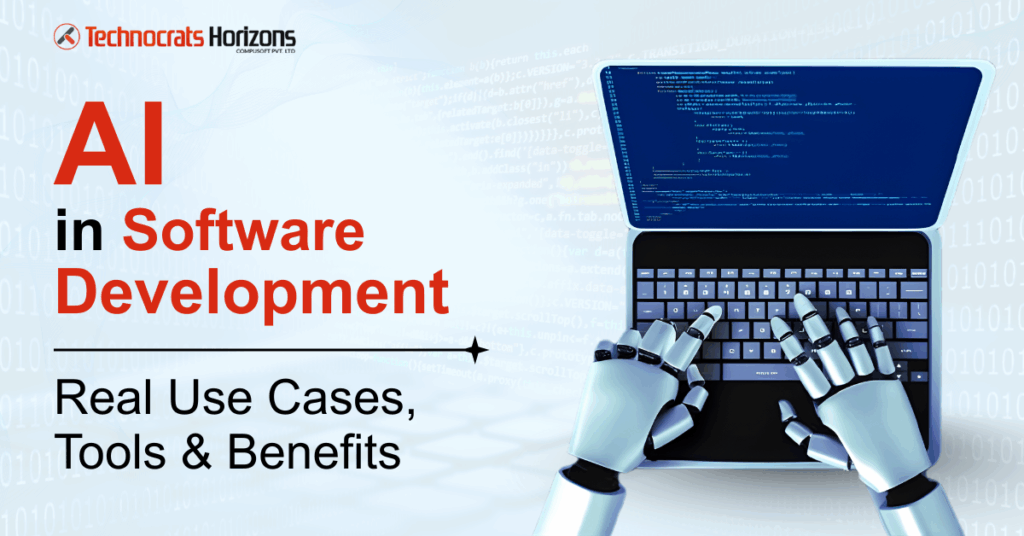


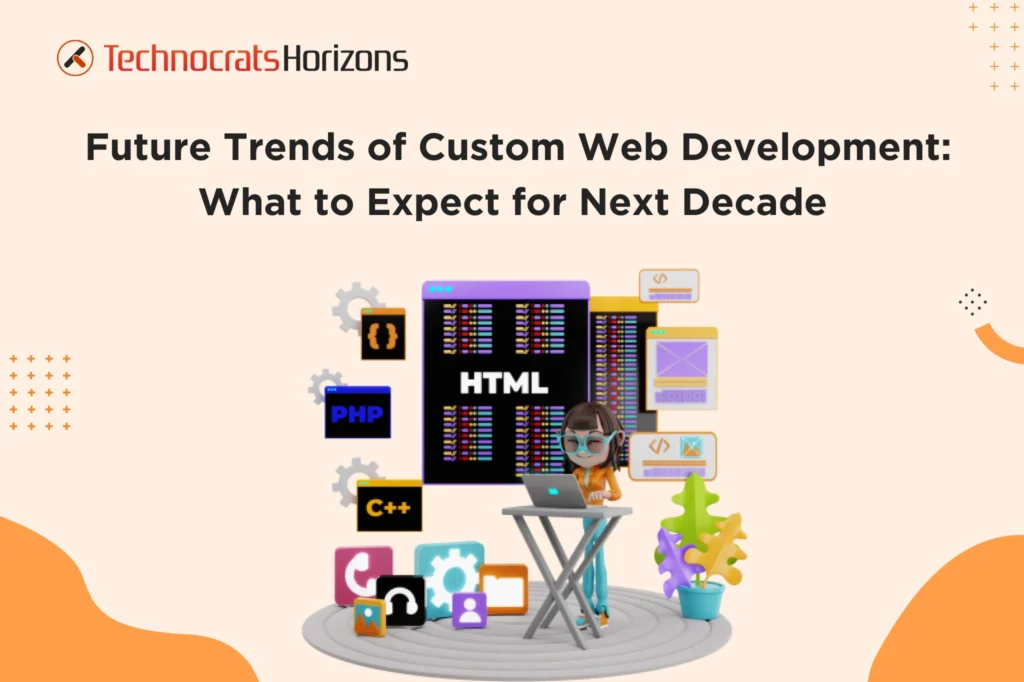
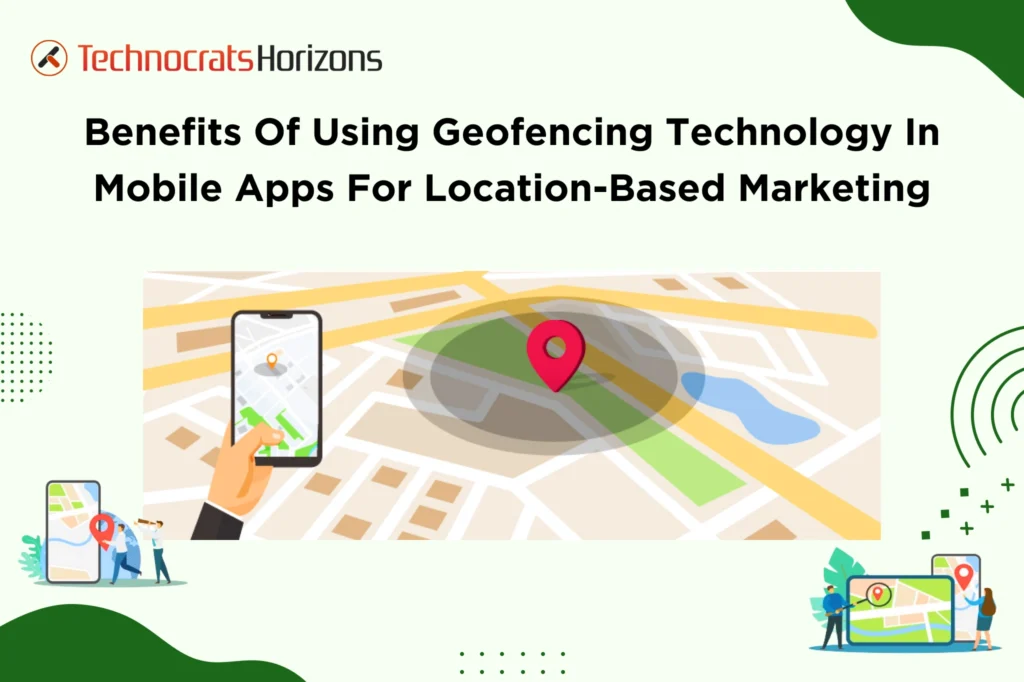
 Request a
Request a




















